 Formula Design of Lab Animal Diets
Formula Design of Lab Animal Diets
 Instruction for Use of Additives in the Lab Animal Diets
Instruction for Use of Additives in the Lab Animal Diets
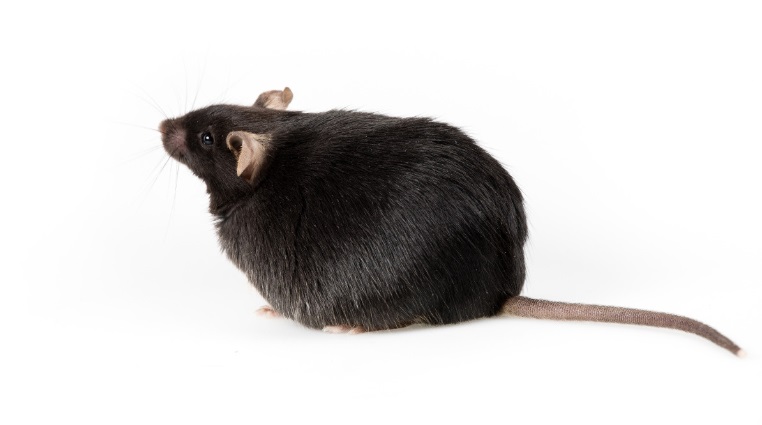 Correlation between body weight gain and temperature in mice
Correlation between body weight gain and temperature in mice
 3 Common Problems in Using High-Fat Rodent Diets
3 Common Problems in Using High-Fat Rodent Diets
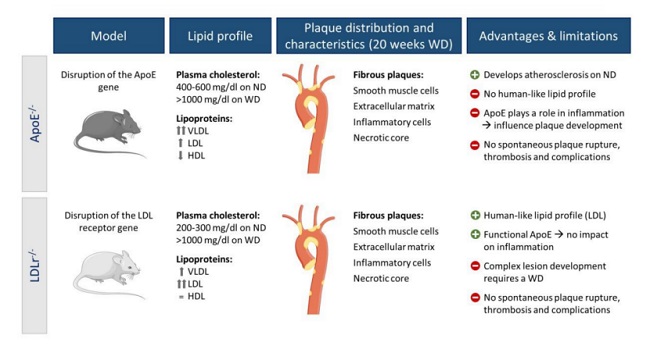 Comparison of Diet-induced Atherosclerosis in APOE and LDLR Mice
Comparison of Diet-induced Atherosclerosis in APOE and LDLR Mice
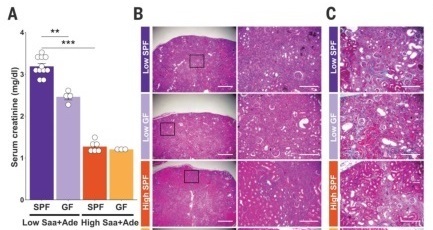 Saa + Ade Diet-induced Chronic Kidney Disease in Mice
Saa + Ade Diet-induced Chronic Kidney Disease in Mice
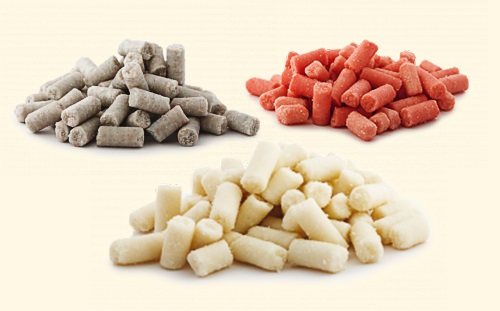 Classification and Features of Lab Animal Feed
Classification and Features of Lab Animal Feed
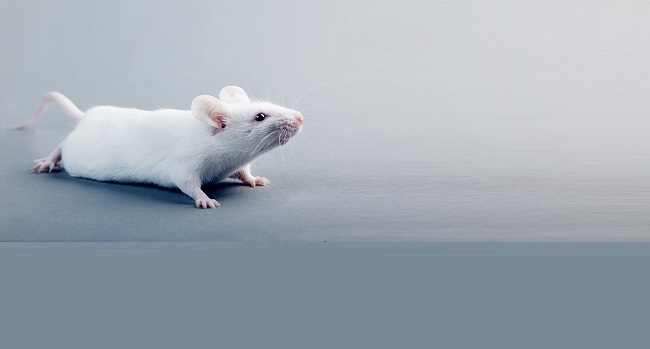 Nutrient Requirements of Germ-free Mouse Diet
Nutrient Requirements of Germ-free Mouse Diet
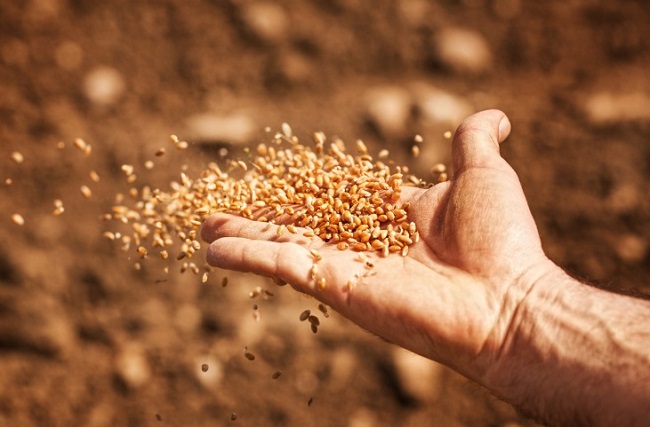 Comparison of Purified Feed and Cereal Feed for Lab Animals
Comparison of Purified Feed and Cereal Feed for Lab Animals
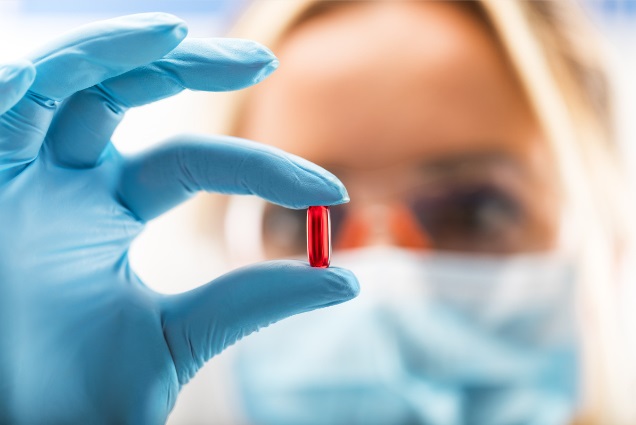 Instruction of Commonly Used Medicated Diets
Instruction of Commonly Used Medicated Diets
As your experienced partner for laboratory animal science, Synergy Bio always offers complete solutions for your research work.
Feel Free To Contact Us →
